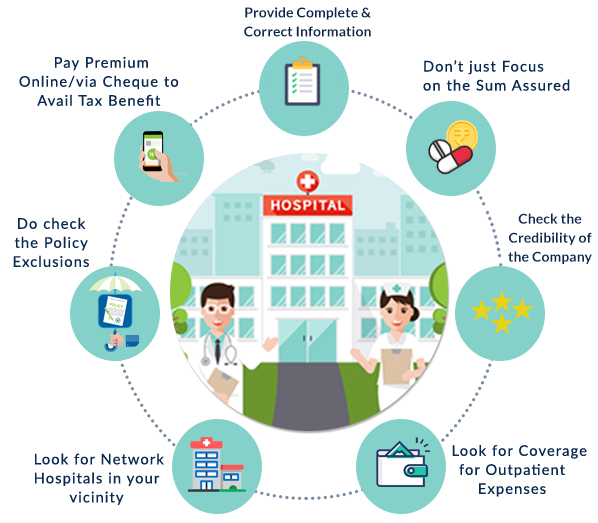Rumored Buzz on Paul B Insurance
Wiki Article
Paul B Insurance - The Facts
Table of ContentsSome Known Details About Paul B Insurance About Paul B Insurance

2 million or 12% were resident kids with at least one noncitizen moms and dad. This team includes legal irreversible homeowners(LPRs, i. e.,"environment-friendly card "owners), evacuees, asylees, and other people that are accredited to live in the United state momentarily or permanently. Among nonelderly adults, noncitizens are considerably more most likely than people to report not having a typical resource of treatment (33 %vs. 20% ), and going without required clinical care in the previous 12 months due to its price(10% vs. 7%).
2 million or 12% were citizen youngsters with at least one noncitizen moms and dad. This group consists of lawful irreversible locals(LPRs, i. e.,"green card "holders), refugees, asylees, and other individuals who are licensed to live in the U.S. temporarily or completely. Among nonelderly grownups, noncitizens are significantly extra most likely than people to report not having a common resource of care (33 %vs. 20% ), as well as going without needed medical care in the past 12 months due to its expense(10% vs. 7%).
Little Known Questions About Paul B Insurance.
Concerning 9. 2 million or 12% were resident kids with at least one noncitizen parent. This team includes legal permanent homeowners(LPRs, i. e.,"environment-friendly card "owners), refugees, asylees, and other individuals who are licensed to live in the U.S. momentarily or completely. People who have obtained deferred activity are licensed to be existing in the united state Those who are without insurance often postpone or go without needed care, which can bring about worse wellness more info here results over the lasting that may ultimately be extra intricate as well as pricey to deal with. Among nonelderly adults, noncitizens are dramatically much more most likely than citizens to report not having a common resource of care (33 %vs. 20% ), as well as Continue do without required healthcare in the previous one year due to its expense(10% vs. 7%). Study likewise reveals that immigrants have reduced wellness care expenditures than their U.S.-born counterparts as an outcome of lower wellness care access and usage, although their out-of-pocket repayments tend to be higher due to higher uninsured rates.

Report this wiki page